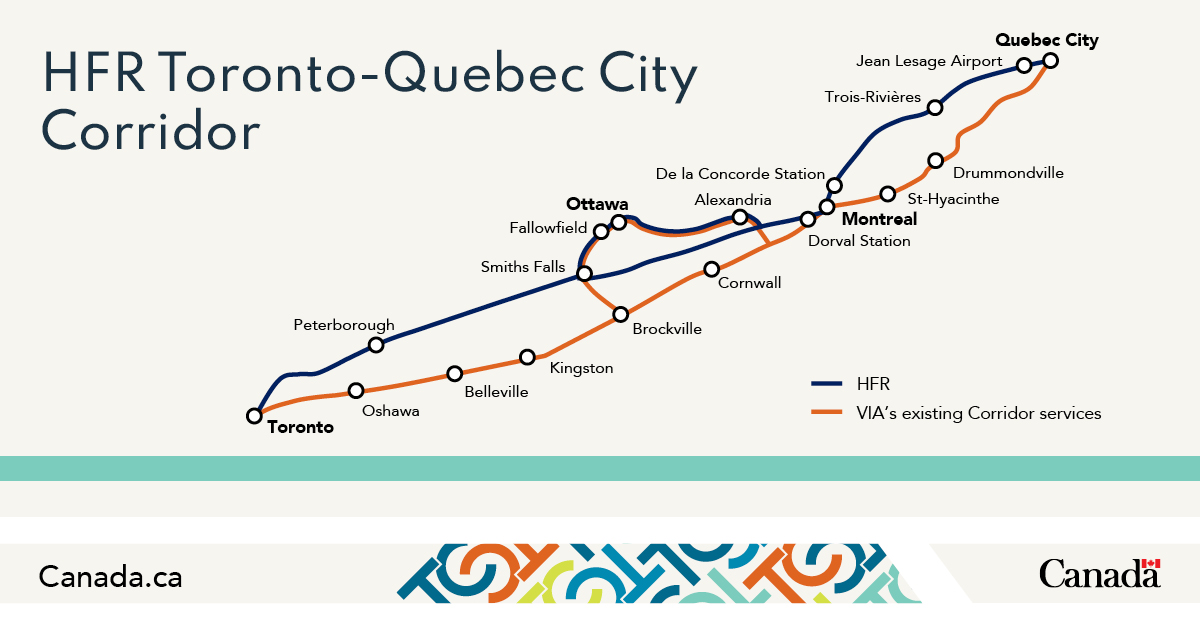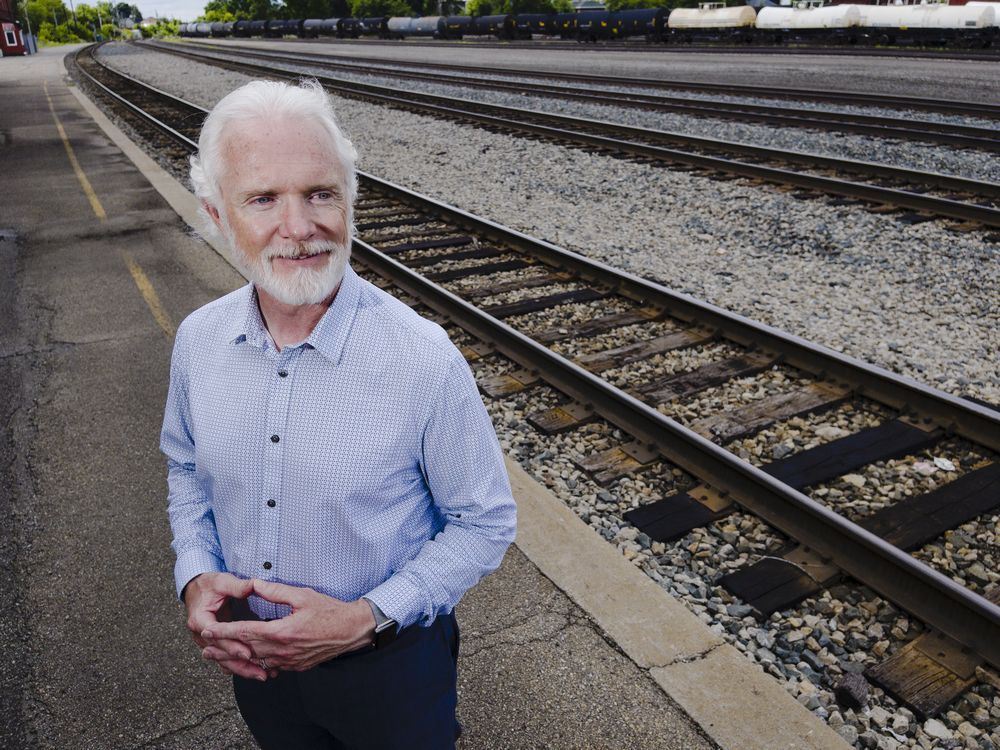I respectfully disagree. The Nightstar trains were designed to be unidirectional, as being overnight trains, they had plenty of time to turn them around during the day while being stored in a yard. From a passenger perspective, most of the cars are agnostic to the direction, but as
@Urban Sky said, the couplers and wiring are directional. The big exception are the coaches, as the seats all face in the same direction, so unless you want to have everyone face backwards in one direction, that is a problem.
That is true, but they didn't use much HEP (Budd) equipment on the Ocean prior to COVID. This picture I took in 2018 shows only 2 HEP cars (one of which was a Park car).
View attachment 335195
Whereas this recent photo posted by
@drum118 seems to show 4 HEP cars, and no park cars:







